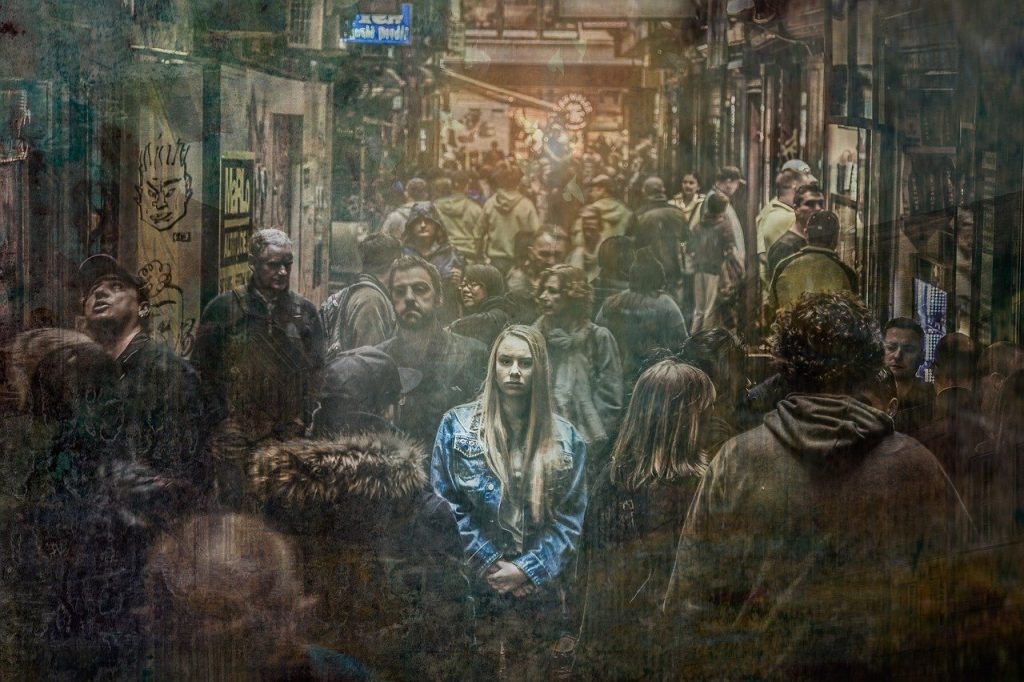
Photo by Graehawk from Pixabay
The term bystander effect is commonly used in the field of psychology. It refers to a phenomenon wherein individuals get discouraged and unable to respond to emergency and sometimes life-threatening situations. The bystander effect may also refer to a theory that suggests that people’s reactions and responses to emergency and life-threatening situations depend on whether they are alone or in front of other people.
The concept was first introduced by social psychologists John Darley and Bibb Latane in the late 1960s following the infamous murder case of Kitty Genovese (Darley & Latane, 1968). According to their paper which was published in the Journal of Personality and Social Psychology, the bystander effect can be attributed to two concepts which they referred to as the diffusion of responsibility and social influence.
Social responsibility allegedly gets more diffused the bigger the number of bystanders (who witnessed a crime) becomes. In the case of Kitty Genovese, there were more than thirty people who witnessed her murder. This is based on the premise that people only react to a certain crime when the level of social responsibility gets high enough. When there is a diffusion of social responsibility, people are less inclined to respond or react to the event because they perceive that they are less or not socially responsible for doing so (Fischer, et al., 2011).
Social influence’s role in the manifestation of the bystander effect is akin to that of an intensifier. The concept of social influence suggests that people’s reactions and responses to a certain event would, under normal circumstances, be dependent on other people’s reactions and responses (Manning, Levine, & Collins, 2007). Applying this to the bystander effect, people would normally not act to help the victim of a crime if they are not seeing any other people who are trying to do the same thing that they are thinking (i.e. helping the victim). Combined (social responsibility plus social influence), the end result would be a classical bystander effect scenario.
References
Darley, J., & Latane, B. (1968). Bystander intervention in emergencies: Diffusion of responsibility. Journal of Personality and Social Psychology, 377.
Fischer, P., Krueger, J., Greitemeyer, T., Vogrincic, C., Kastenmuller, A., Frey, D., et al. (2011). The bystander-effect: a meta-analytic review on bystander intervention in dangerous and non-dangerous emergencies. Psychological Bulletin, 517.
Manning, R., Levine, M., & Collins, A. (2007). The Kitty Genovese murder and the social psychology of helping: The parable of the 38 witnesses. American Psychologist, 555.

Leave a Comment: